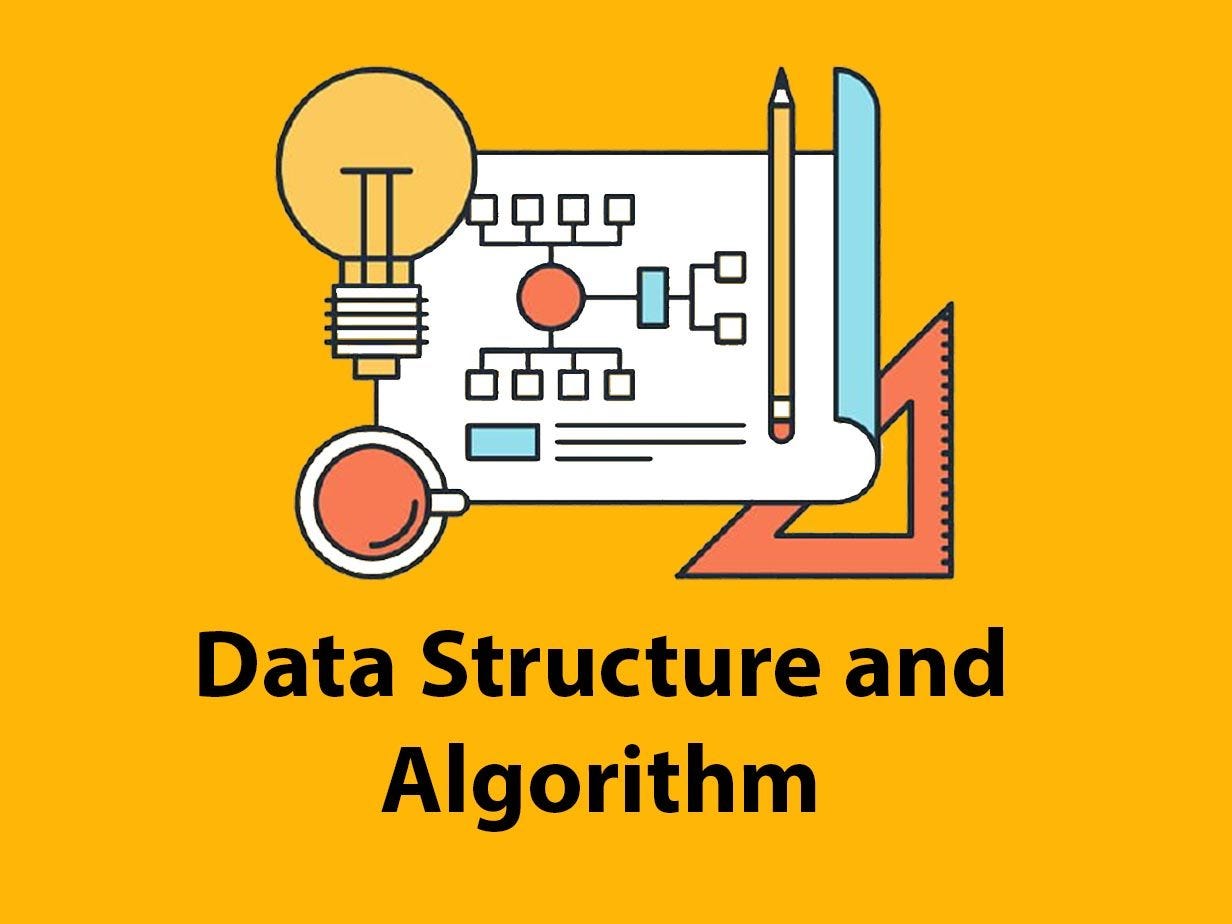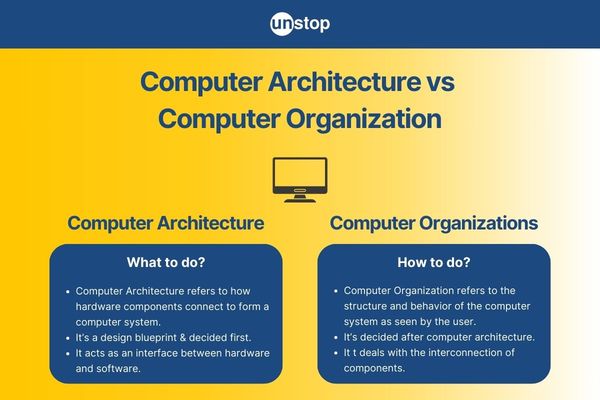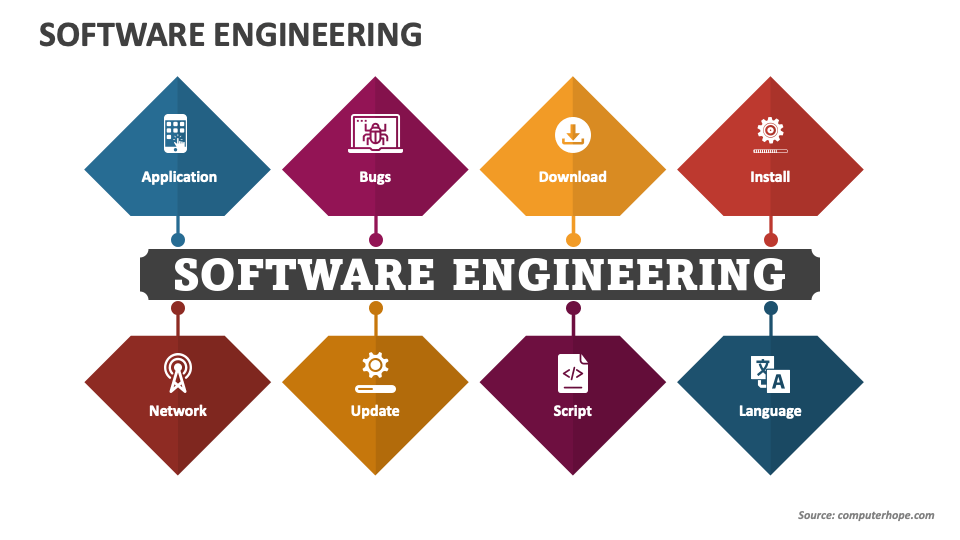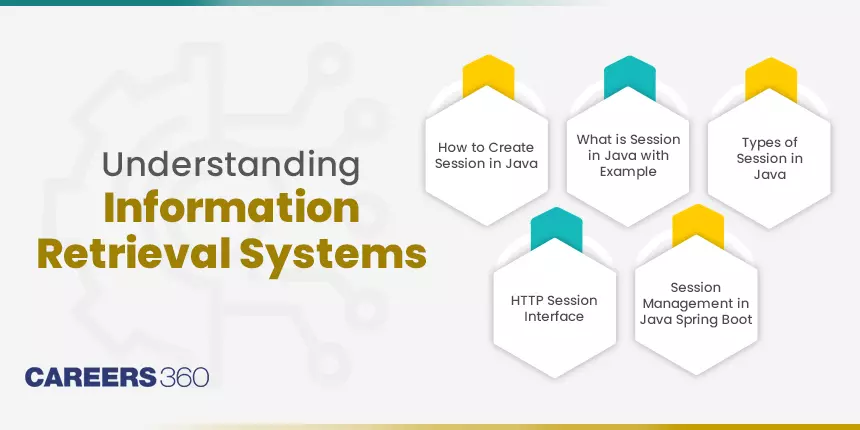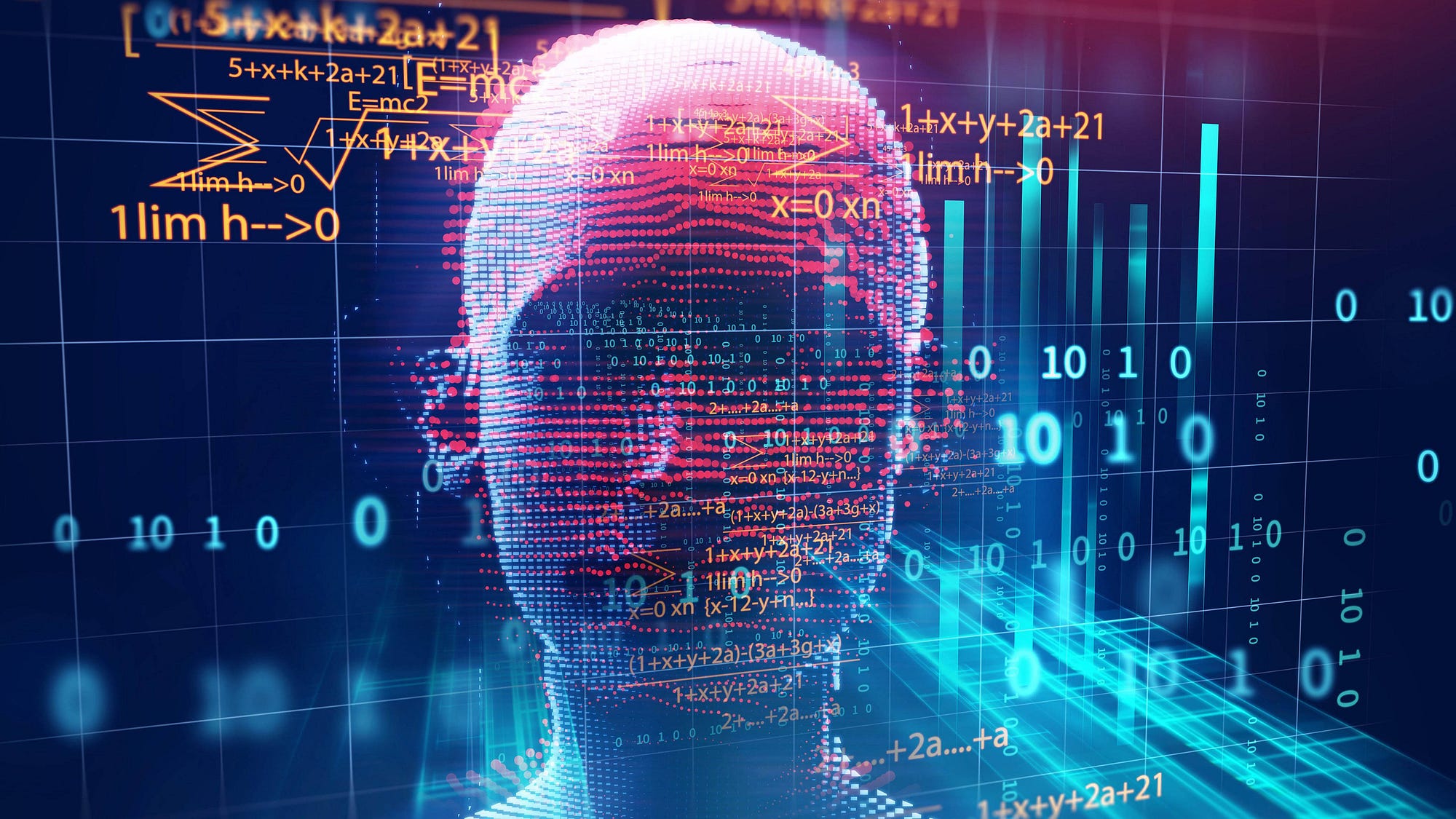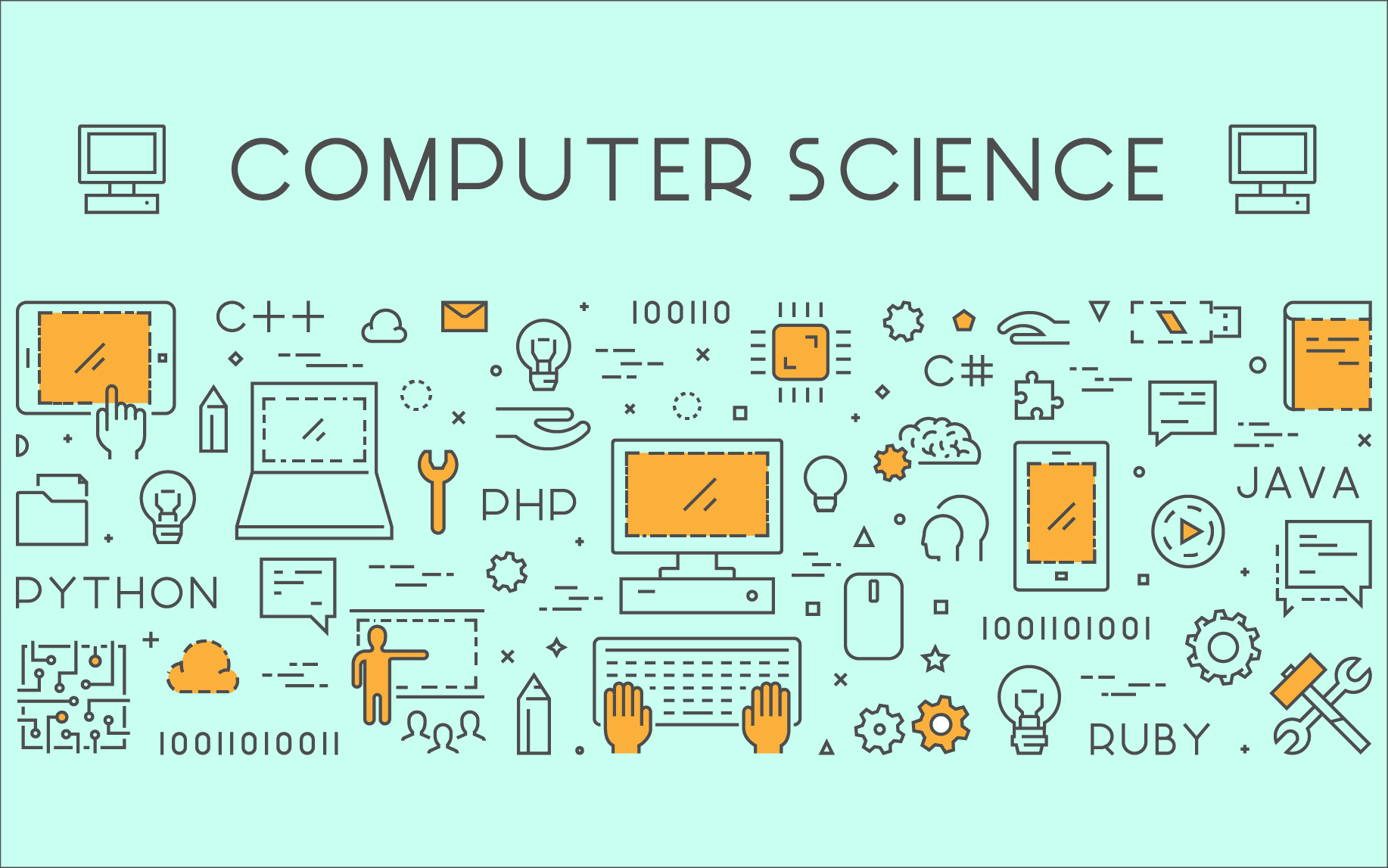
Computer science is a dynamic and interdisciplinary field that explores the principles and techniques behind computing systems and information processing. At its core, computer science involves the study of algorithms, data structures, programming languages, software development, and computer systems architecture.
Algorithms are fundamental to computer science, representing step-by-step instructions for solving problems. They are essential in various applications, from sorting data efficiently to optimizing routes in GPS systems. Data structures refer to methods of organizing and storing data, enabling efficient retrieval and manipulation. For example, linked lists and trees are common data structures used in software development.
Programming languages are tools for writing instructions that computers can understand and execute. They range from high-level languages like Python and Java to low-level languages like C and assembly language. Software development involves designing, coding, testing, and maintaining software applications to meet specific needs. It encompasses various methodologies and practices aimed at producing reliable and scalable software systems.
Computer systems architecture focuses on the design and organization of computer hardware components. This includes CPUs, memory systems, storage devices, and input/output interfaces. Understanding architecture is crucial for optimizing system performance and efficiency.
Artificial intelligence (AI) and machine learning (ML) are rapidly growing areas within computer science. AI aims to develop systems that can perform tasks typically requiring human intelligence, such as speech recognition and decision-making. ML algorithms enable computers to learn from data and improve performance over time, powering applications like recommendation systems and autonomous vehicles.
Networking and internet technologies are essential for communication and connectivity. Networking involves designing and implementing communication protocols and infrastructure, while internet technologies encompass web development, cloud computing, and cybersecurity.
Theoretical computer science explores the mathematical foundations of computation, including the study of formal languages, automata theory, and computational complexity. This theoretical knowledge underpins practical advancements in algorithms, cryptography, and optimization.
Computer science has broad applications across industries, including technology, healthcare, finance, education, entertainment, and scientific research. In healthcare, computer scientists develop medical imaging technologies, patient management systems, and bioinformatics tools. Finance relies on algorithms for trading, risk assessment, and financial modeling. Educational software and e-learning platforms leverage computer science to enhance learning experiences.
Computer science is more than just programming or using software—it's about problem-solving, innovation, and continuous learning. It equips individuals with analytical skills to tackle complex challenges and drive technological advancements. As technology evolves, computer science remains at the forefront, shaping the future of computing and transforming the way we live, work, and interact with the world.
Major Fields of Computer Science
1. Algorithms and Data Structures
- Fundamentals of Algorithms
- Data Structures and Their Applications
- Complexity Theory and Computational Complexity
2. Artificial Intelligence and Machine Learning
- Introduction to AI and ML
- Applications of AI/ML in Various Domains (Healthcare, Finance, Robotics, etc.)
- Recent Advances (Deep Learning, Reinforcement Learning, etc.)
3. Computer Architecture and Organization
- Basics of Computer Architecture
- Memory Hierarchy
- Parallel and Distributed Computing
4. Software Engineering
- Software Development Life Cycle
- Agile and DevOps Practices
- Software Testing and Quality Assurance
5. Operating Systems
- Overview of Operating System Functions
- Types of Operating Systems (Real-Time, Distributed, Embedded, etc.)
- Process and Memory Management
6. Networking and Communication
- Basics of Networking
- Internet Protocols (TCP/IP, HTTP, DNS, etc.)
- Wireless Communication and Mobile Computing
7. Databases and Information Retrieval
- Database Models (Relational, NoSQL, NewSQL, etc.)
- Data Warehousing and Data Mining
- Information Retrieval Techniques
8. Computer Graphics and Visualization
- Principles of Computer Graphics
- 3D Modeling and Rendering
- Virtual Reality and Augmented Reality
9. Cybersecurity and Cryptography
- Overview of Cybersecurity Threats
- Cryptographic Techniques
- Network Security and Cyber Defense
10. Human-Computer Interaction
- Importance of HCI in Designing User Interfaces
- Usability Principles
- Emerging Trends (Voice User Interfaces, Gesture Recognition, etc.)
Cross-Disciplinary Areas
11. Bioinformatics
- Application of Computer Science in Biological Data Analysis
- Genomics and Proteomics
12. Computational Linguistics
- Natural Language Processing
- Machine Translation and Speech Recognition
Emerging Technologies and Future Trends
- Quantum Computing
- Edge Computing
- Internet of Things (IoT)
Explanation :
1. Algorithms and Data Structures
- Algorithms:
Algorithms are step-by-step procedures or instructions used to solve computational problems. They form the backbone of computer science and are fundamental to all areas of computing. Topics include sorting algorithms (e.g., merge sort, quicksort), searching algorithms (e.g., binary search), graph algorithms (e.g., Dijkstra's algorithm), and dynamic programming.
- Data Structures:
Data structures are ways of organizing and storing data to facilitate efficient access and modification. Common data structures include arrays, linked lists, stacks, queues, trees (binary trees, AVL trees), graphs, hash tables, and heaps. Understanding data structures is crucial for designing efficient algorithms.
- Complexity Theory and Computational Complexity:
Complexity theory deals with classifying problems based on their computational complexity (e.g., P vs. NP problems). Computational complexity analyzes the resources (time and space) required by algorithms to solve problems and provides insights into the limits of what can be efficiently computed.
AI involves creating intelligent agents that can perceive their environment and take actions to achieve specific goals. Subfields of AI include machine learning, natural language processing, computer vision, robotics, and expert systems.
- Machine Learning (ML):
ML focuses on algorithms that allow computers to learn from and make predictions or decisions based on data without explicit programming. Types of ML include supervised learning (e.g., classification, regression), unsupervised learning (e.g., clustering, dimensionality reduction), and reinforcement learning.
- Applications of AI/ML:
AI/ML has applications in diverse domains such as healthcare (diagnosis, personalized medicine), finance (fraud detection, algorithmic trading), robotics (autonomous vehicles, industrial automation), and entertainment (recommendation systems, virtual assistants).
- Recent Advances
Recent advances in AI/ML include deep learning (neural networks with multiple layers), generative adversarial networks (GANs), reinforcement learning for game playing (AlphaGo), and transfer learning for leveraging pre-trained models.
Computer architecture defines the design and organization of computer systems, including processors, memory, input/output systems, and interconnects. It encompasses instruction set architecture, microarchitecture, and system design.
- Memory Hierarchy:
Memory hierarchy refers to the arrangement of various types of memory (e.g., cache, RAM, disk storage) in a computer system, optimizing performance by minimizing access times and maximizing storage capacities at different levels.
- Parallel and Distributed Computing:
Parallel computing involves using multiple processors or cores to perform computations simultaneously, while distributed computing utilizes a network of computers to solve complex problems collaboratively. Topics include parallel algorithms, distributed systems, and cloud computing.
4. Software Engineering
- Software Development Life Cycle (SDLC):
SDLC is a systematic process for building software applications, comprising phases such as requirements gathering, design, implementation, testing, deployment, and maintenance. Agile methodologies (e.g., Scrum, Kanban) and DevOps practices focus on iterative development and continuous integration/deployment.
- Software Testing and Quality Assurance:
Software testing ensures that software meets specified requirements and is free of defects. Techniques include unit testing, integration testing, system testing, and acceptance testing. Quality assurance involves establishing standards and processes to improve software quality.
Operating systems manage computer hardware and software resources, providing services such as process management, memory management, file system management, device management, and user interface.
- Types of Operating Systems:
Different types of operating systems include real-time operating systems (RTOS), distributed operating systems (e.g., Linux clusters), embedded operating systems (e.g., Android), and virtualization platforms (e.g., VMware, Docker).
- Process and Memory Management:
Process management involves scheduling and executing processes, managing process communication, and ensuring efficient resource allocation. Memory management deals with allocating memory to processes and optimizing memory usage through techniques like virtual memory.
6. Networking and Communication
- Basics of Networking:
Networking covers concepts like network protocols, packet switching, routing, and addressing. It includes both wired (Ethernet, fiber optics) and wireless (Wi-Fi, Bluetooth) communication technologies.
- Internet Protocols:
Internet protocols like TCP/IP (Transmission Control Protocol/Internet Protocol), HTTP (Hypertext Transfer Protocol), DNS (Domain Name System), and SMTP (Simple Mail Transfer Protocol) facilitate data exchange and communication over the internet.
- Wireless Communication and Mobile Computing:
Mobile computing involves technologies that enable mobile devices (smartphones, tablets) to access network resources and services. Topics include cellular networks, mobile app development, location-based services, and IoT connectivity.
Database models include relational databases (SQL), NoSQL databases (document stores, key-value stores), NewSQL databases (combining SQL and NoSQL features), and graph databases. They are used for data storage, retrieval, and management.
- Data Warehousing and Data Mining:
Data warehousing involves storing and organizing large volumes of data for analytical purposes. Data mining uses algorithms to discover patterns, trends, and insights from data.
- Information Retrieval Techniques:
Information retrieval encompasses techniques for searching and retrieving information from large collections of unstructured data, such as text documents, web pages, and multimedia content.
Computer graphics involves generating and manipulating visual content using algorithms. Topics include rendering techniques (rasterization, ray tracing), graphics APIs (OpenGL, DirectX), and geometric modeling.
- 3D Modeling and Rendering:
3D modeling is the process of creating 3D objects or scenes, while rendering involves generating 2D images from 3D models using lighting, shading, and texturing techniques.
- Virtual Reality and Augmented Reality:
Virtual reality (VR) creates immersive, interactive environments, while augmented reality (AR) overlays digital content onto the real world. Both technologies have applications in gaming, education, training, and simulation.
Cybersecurity addresses threats such as malware, phishing, DDoS attacks, data breaches, and insider threats. It involves protecting networks, systems, and data from unauthorized access and malicious activities.
- Cryptography Techniques:
Cryptography secures data by encrypting it using algorithms and keys. Techniques include symmetric encryption (AES), asymmetric encryption (RSA), hash functions (SHA), digital signatures, and key management protocols.
- Network Security and Cyber Defense:
Network security encompasses firewalls, intrusion detection/prevention systems (IDS/IPS), VPNs (Virtual Private Networks), secure protocols (SSL/TLS), and security best practices to defend against cyber threats.
HCI focuses on designing intuitive and user-friendly interfaces for interacting with computer systems and applications. It considers user behavior, cognitive psychology, and usability principles.
- Usability Principles:
Usability principles include learnability, efficiency, memorability, error tolerance, and satisfaction. HCI aims to enhance user experience through effective interface design.
- Emerging Trends:
Emerging trends in HCI include voice user interfaces (VUIs), gesture recognition, eye tracking, and brain-computer interfaces (BCIs), enabling more natural and immersive interactions between humans and computers.
11. Bioinformatics
- Application of Computer Science in Biology:
Bioinformatics applies computational techniques to analyze biological data, such as DNA sequences, protein structures, and gene expression profiles. It supports research in genomics, proteomics, and personalized medicine.
12. Computational Linguistics
- Natural Language Processing (NLP):
NLP involves processing and analyzing natural language data (text and speech) using computational techniques. Applications include machine translation, sentiment analysis, chatbots, and information extraction.
- Machine Translation and Speech Recognition:
Machine translation converts text from one language to another, while speech recognition converts spoken language into text. Deep learning has significantly improved the accuracy and performance of these applications.
- Emerging Technologies and Future Trends
- Quantum Computing:
Quantum computing leverages quantum mechanics to perform complex computations, promising exponential speedups for certain problems like factorization and optimization.
- Edge Computing:
Edge computing involves processing data closer to the source (e.g., IoT devices) rather than in centralized data centers, reducing latency and bandwidth usage.
- Internet of Things (IoT):
IoT connects everyday objects and devices to the internet, enabling data collection, monitoring, and control across various domains such as smart homes, healthcare, agriculture, and industrial automation.
Conclusion
In conclusion, computer science encompasses a vast array of fields and subfields, each contributing to technological advancements and innovations in diverse sectors. Understanding the fundamental principles and applications of computer science is essential for addressing complex challenges and harnessing the potential of emerging technologies. As the field continues to evolve, interdisciplinary collaboration and continuous learning will drive future breakthroughs and shape the digital landscape.
Expanding on these explanations with specific examples, case studies, and references to seminal research papers or industry developments would provide a detailed and informative review article covering all fields of computer science. Each section can be further elaborated based on current trends, recent advancements, and ongoing research directions within the respective domains.


